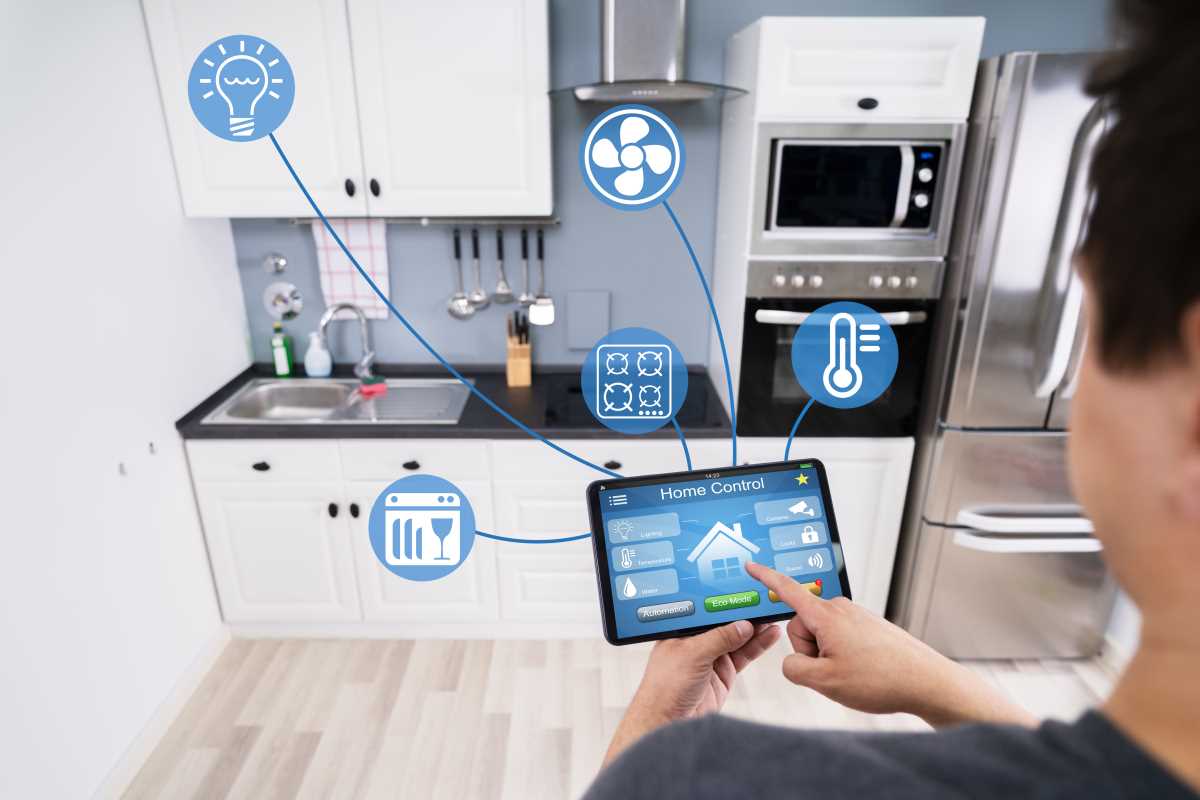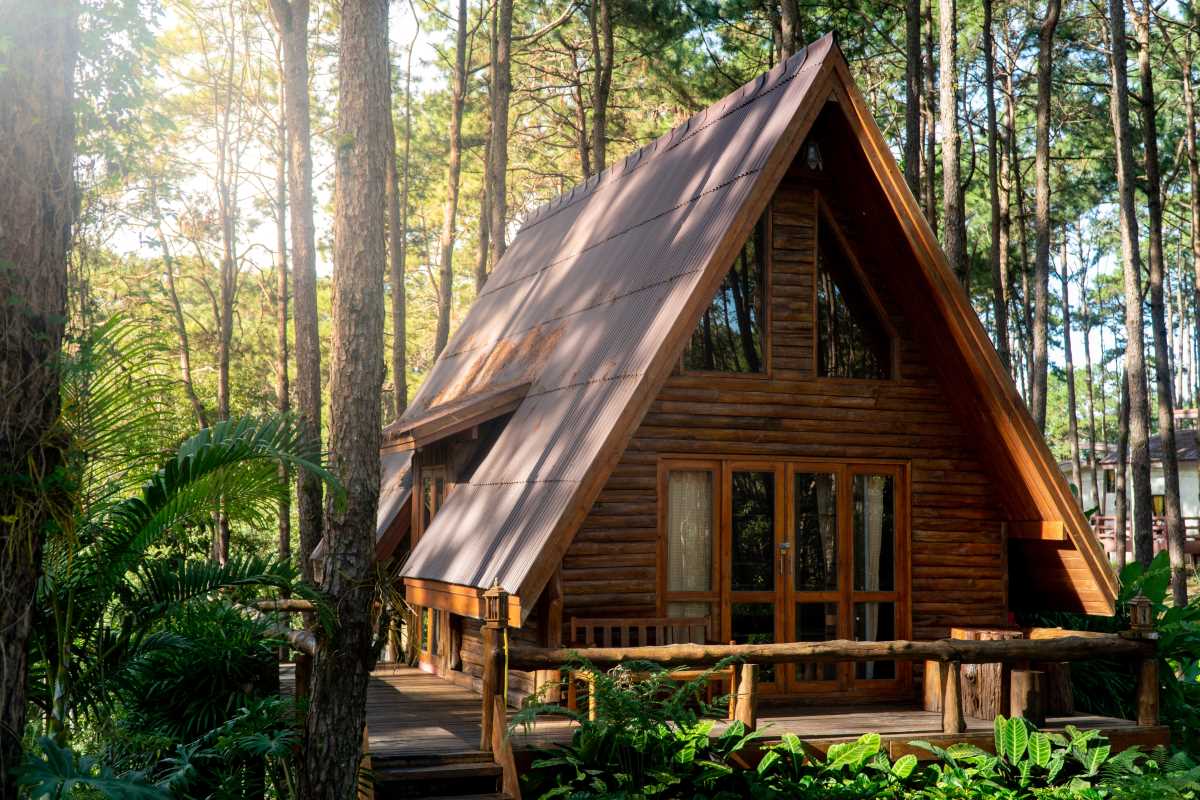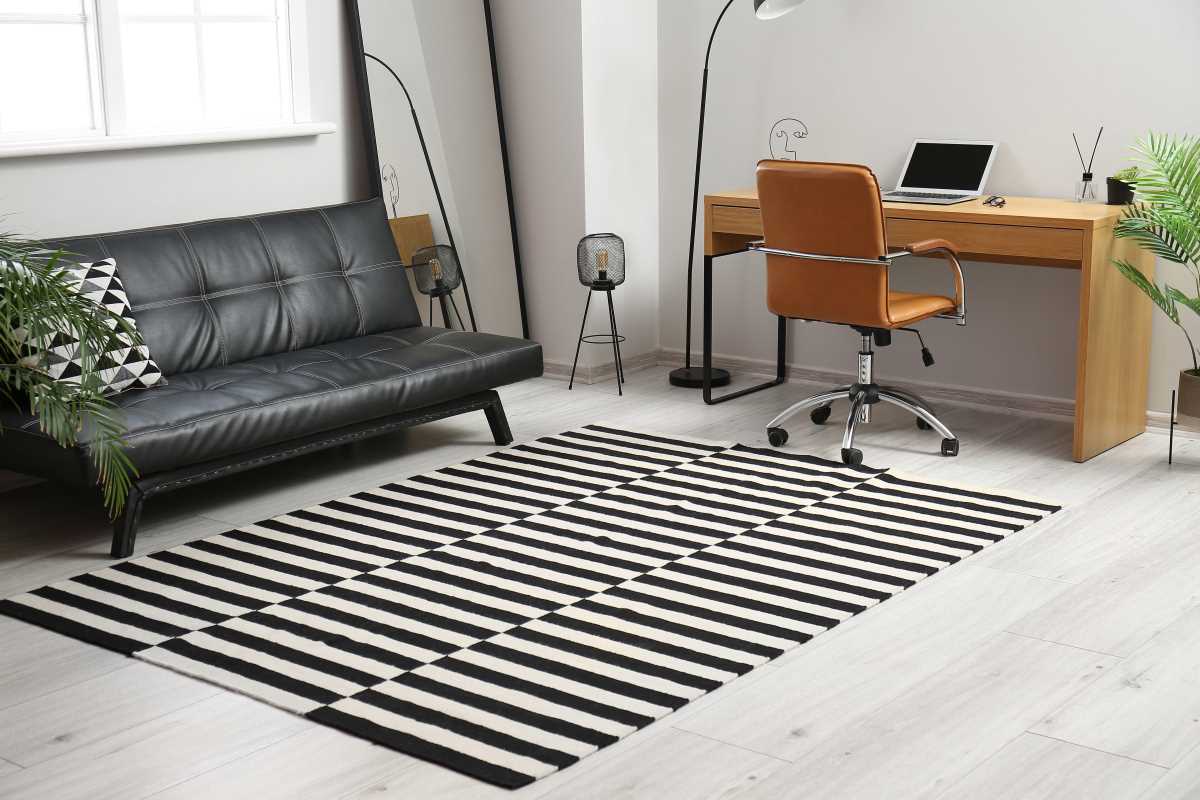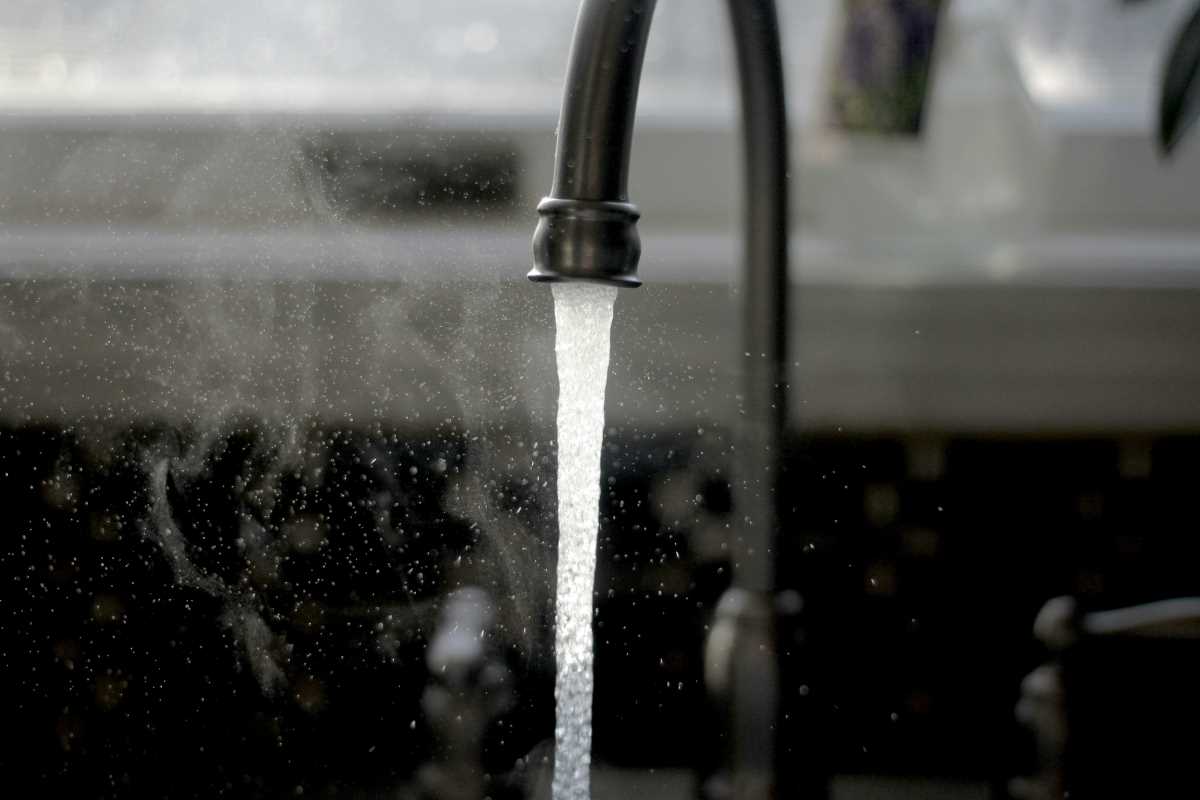Automatic temperature controls and intelligent lighting systems can make daily routines easier while helping you use less energy and protect the environment. With smart home technology, your living space can handle tasks like turning off lights when you leave or keeping rooms comfortable without wasting electricity. These features offer more than just convenience; they allow you to lower your utility costs and contribute to a healthier planet. Incorporating smart devices into your home means each simple action, from adjusting the thermostat to managing appliances, supports a cleaner and more efficient lifestyle for both you and the world around you.
Many people discover that integrating smart systems into their space transforms daily routines. With easy-to-use smart devices, you can enjoy a modern living area that benefits both your lifestyle and the environment.
The Benefits of Smart Home Technology for Efficiency and Sustainability
Smart home technology improves efficiency in many areas. Devices like smart thermostats and automated lighting systems adapt in real-time to your habits, which means less energy wasted. For example, heating or cooling systems operate only when needed, reducing unnecessary power use. This efficient energy management directly helps the environment by lowering carbon footprints.
Besides saving energy, smart home technology enhances overall sustainability. These systems monitor energy usage and automatically adjust settings to optimize resource consumption. Homeowners appreciate actionable insights that help them understand where their energy is used most, leading to informed decisions about further improvements. The combination of technology and sustainability makes a real impact, turning everyday living into both efficient and eco-friendly action.
Popular Smart Devices for Greener Living
Several smart devices help cut down on energy waste and bring convenience into your home. Choose tools that match your lifestyle and budget while making a positive environmental impact.
- Nest Thermostats: Automatically adjust temperature settings based on your schedule and home occupancy.
- Philips Hue Lighting: Provide customizable lighting options that ensure lights are only on when needed.
- Ring Doorbells and Security Cameras: Help monitor your home and reduce needless power consumption by using efficient LED lighting.
- EcoBee Sensors: Track energy consumption and offer insights on ways to save even more energy.
- Amazon Echo and Google Home: Voice-controlled hubs that manage your smart devices efficiently, keeping energy usage in check.
The convenience of these devices allows you to tailor energy use and reduce wastage. Their user-friendly interfaces help you track real-time energy consumption and encourage energy-saving habits through smart adjustments.
Using these gadgets enables you to control your environment with just a tap or a voice command. The technology not only improves energy efficiency but also makes your home more secure and comfortable.
How to Integrate Smart Systems into Your Home
Combining multiple smart devices might seem overwhelming at first, but taking it step by step makes the process easier. Begin by identifying which areas of your home can benefit the most from automation and energy monitoring. Follow these steps to create a more efficient living space:
- Assess your current energy use to find high-consumption areas where smart devices could make a difference.
- Set a budget and choose devices that match your energy-saving goals and financial constraints.
- Research compatibility between different devices, ensuring they work well together on a common platform like Google Home or Amazon Echo.
- Start with a central device, such as a smart thermostat, and gradually add sensors for lighting, security, and other parts of your home.
- Install the devices following manufacturer instructions, and test each system to confirm it communicates properly with the others.
- Monitor the performance using mobile apps or web interfaces, and adjust settings to optimize energy efficiency over time.
These steps simplify the integration process and ensure that every device contributes to energy saving. Breaking the process into manageable phases can turn a complex project into a rewarding experience.
Being methodical about setup and monitoring helps troubleshoot issues and improve your smart home system over time. A well-planned approach quickly unlocks savings and environmental benefits.
Maximizing Energy Savings with Automation and Monitoring
Automation plays a key role in smart home systems. When your devices work together, they can respond to your needs without constant manual input. For example, automated blinds can close during the hottest parts of the day to keep your home cooler naturally, easing the load on your air conditioning. Similarly, smart lighting adjusts brightness based on ambient light, so you only use what you need.
Monitoring tools track usage and identify inefficiencies, providing you with concrete data. Many smart systems offer detailed analytics showing energy consumption patterns. These insights help you refine your habits and device settings, resulting in more energy savings over time. When you see your energy use decrease, it becomes easier to choose more eco-friendly options.
Overcoming Common Challenges and Concerns
Adding new technology to your home might raise questions about security, compatibility, or installation issues. Many homeowners worry about privacy and the safety of their personal data. Selecting well-known brands like Nest or Philips Hue often includes extra security measures and reliable support to address these worries.
Technical challenges can be solved by researching before making a purchase. Look for products with strong user reviews and detailed installation guides. Don’t hesitate to seek help from professionals or online forums if the setup seems too difficult at first. Doing some initial research helps ensure a smooth transition to a smarter, greener living space.
Using smart systems simplifies daily tasks and helps create a more sustainable home. These solutions can make your living space both efficient and environmentally friendly.







